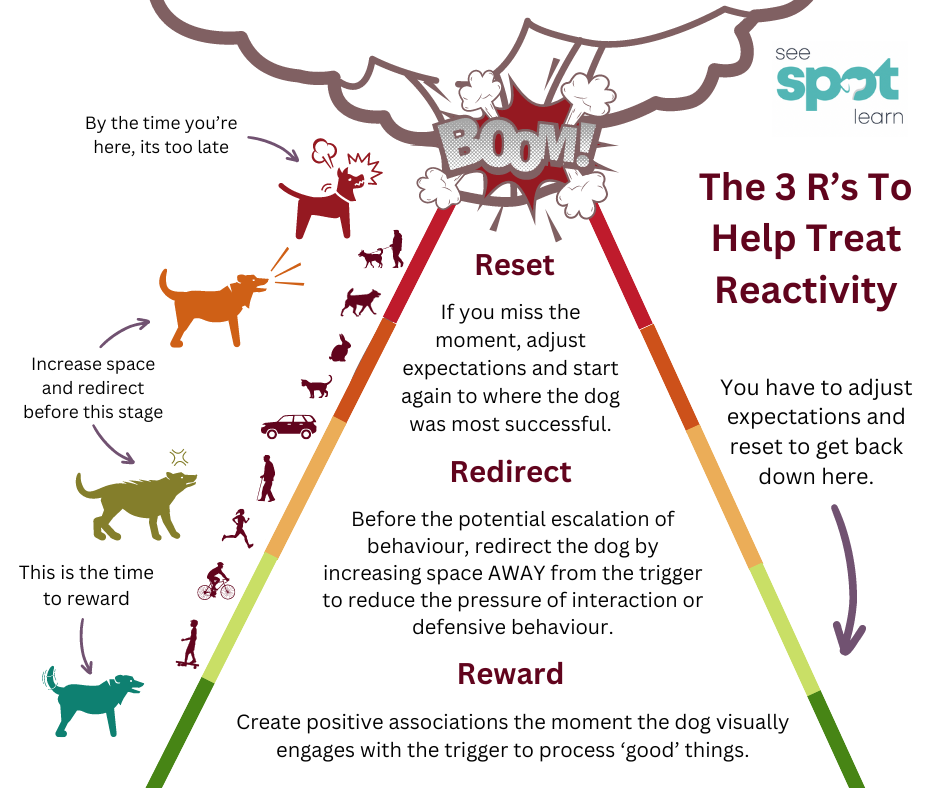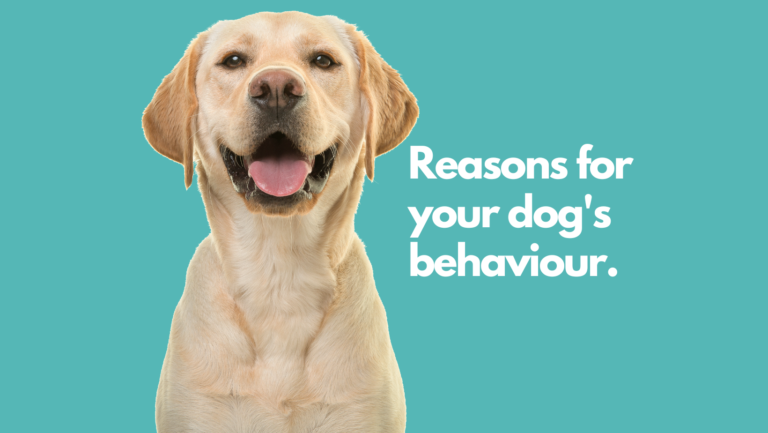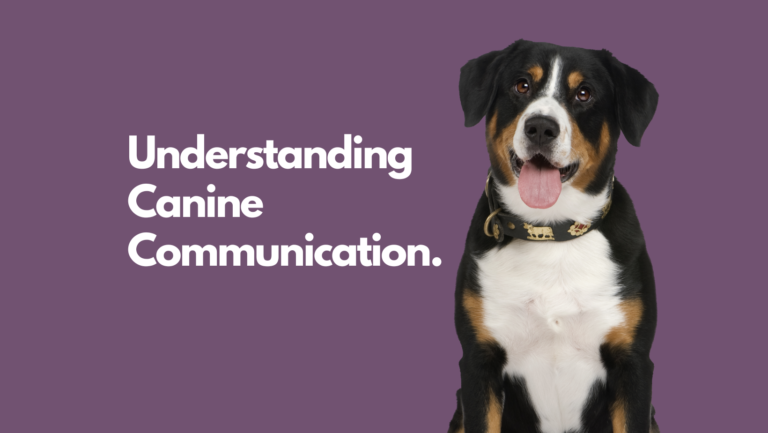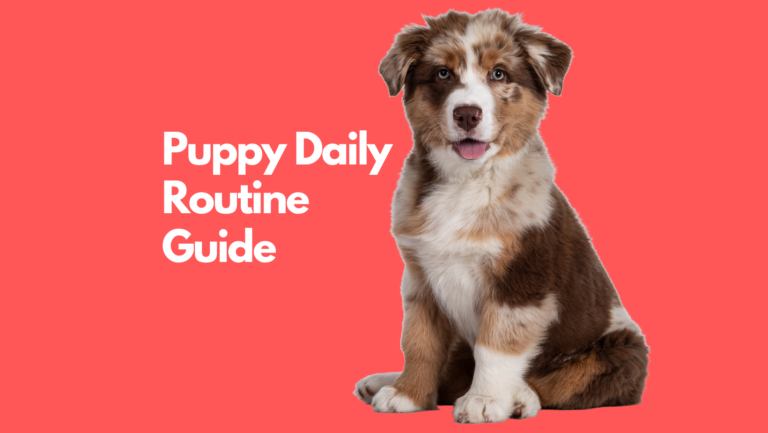The 3 R’s to help treat reactivity


Training your dog is not just about teaching them to listen and ‘fixing’ unwanted behaviours; it’s about creating positive associations with their environment and building confidence while developing essential life skills. This involves shaping associations and behaviours with various experiences and events that your dog will encounter throughout their lifetime. These good associations help the dog feel secure in uncertain, overwhelming, or fearful situations as they live their lives with us.
Positive associations involve pairing specific behaviours or situations with something enjoyable. Creating positive experiences with desired actions can motivate your dog to repeat those behaviours willingly more often, and build confidence which promotes a calmer demeanour.
Whether you’re teaching basic cues, addressing behavioural issues, or introducing your dog to new experiences, creating positive associations can significantly enhance the training process and strengthen the bond between you and your pet.
When a dog is startled, overwhelmed, aroused (excited), or fearful you may experience a multitude of different behaviours depending on the dog like trying to hide away or escape, jumping all over the place, barking, whining, lunging, or even reactive behaviour towards other dogs, people, or objects. This behaviour can be a significant source of stress and frustration for owners, and it can also be emotionally and physically exhausting for the dog. Therefore, understanding the underlying causes and effective treatment options for dog reactivity is crucial. Reactivity is not aggression, but it can escalate into aggression.
To address trigger stacking and help a dog cope with their triggers, it’s crucial to identify and manage individual stressors. This can involve creating a safe and predictable environment, gradually desensitizing the dog to specific triggers through positive reinforcement and counterconditioning techniques, and implementing training protocols that build the dog’s confidence and resilience.
By recognizing the signs of trigger stacking and taking proactive steps to alleviate stress and prevent overload, we can help dogs lead happier, more balanced lives and reduce the likelihood of reactive behaviours. Consulting with a professional dog behaviourist or trainer can provide further guidance and support in addressing trigger stacking and its effects on a dog’s well-being.
Let’s use an example for a dog who is reactive or fearful of other dogs/people. You would start by exposing the dog to another dog/person from a safe distance where they feel comfortable and relaxed. This distance is known as the “threshold distance” where the reactive behaviour is not triggered. You might use a park or a controlled environment to set up this scenario. Gradually, over multiple training sessions and time, you would decrease the distance between the reactive dog and the other dog/person, always making sure to stay within the dog’s comfort zone. This gradual exposure helps the dog become more accustomed to the presence of the triggering stimulus without triggering a reactive response.
In counter conditioning, you would pair the presence of another dog/person with positive experiences or rewards. For example, every time the reactive dog sees the triggering stimulus from a distance and remains calm, you would mark/click the desired behaviour and give them a treat or engage in a fun game. The idea is to create a positive association between the presence of the trigger and positive experiences. This helps the fearful/reactive dogs develop a more positive and relaxed attitude towards other dogs/people.
Combining systematic desensitisation and counter-conditioning can help your dog become more comfortable and less reactive and stressed towards triggers that invoke their reactivity. It’s important to progress at the dog’s pace, respect their thresholds, and always prioritize their limitations, safety and well-being. Professional guidance may be beneficial in working with reactive dogs to ensure proper training techniques and safety measures are followed.
Tags
What do you think?
Related Articles

Reasons for a dogs behaviour
Dogs behave the way they do for many reasons. They do NOT do things deliberately to be stubborn or ‘naughty’, nor do they aim to

What is Dog Body Language?
Our canine friends have an intricate language of nonverbal communication known as body language. Body language is the way a dog uses his or her

New Puppy Daily Routine Guide
The excitement of bringing a new puppy home can be overwhelming and scary at the same time. There are so many things to think about
